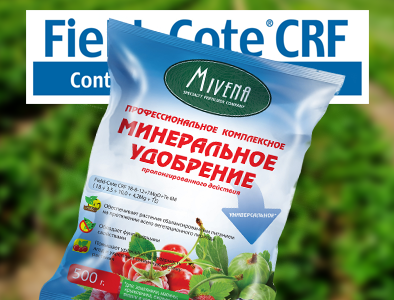The removal of the perfect blueberry for fresh market
Blueberry breeding is not easy. Breeders often work closely with manufacturers and are aware of their changing needs. But the customer satisfaction of the end product influences new directions in research and development of fruit crops, prompting breeders to focus on characteristics such as superior taste.
The duration of the breeding cycle from lab to production Department is up to 20 years, although we hope to significantly reduce this time. It is therefore important to check the psychological feelings that potentially affect consumers purchase blueberry before committing time and resources to work on features that may not be able to have a limiting effect on the market. In addition, this information will be important for the development of marketing, advertising and packaging ideas aimed at consumers.
However, consumer desires, it may be difficult to grasp. Several attributes influence the consumer decision to purchase (color, size, and conscious taste), but the user may not necessarily be rational or conscious decisions. In addition, it can be included cognitive distortion, if you directly ask the consumer to identify their desires.
To avoid this, in the last two online issledovanij conducted by us consumers were presented sets of three to four separate descriptive phrases or elements during impact analysis, a total of 36 specific sensory and psychological characteristics in relation to the blueberries. Thus, we were able to identify individual traits that most strongly affect the likelihood of purchasing the berries.
First, and this was perhaps the most predictable, sweet and intense blueberry taste led to the most positive interest to purchase. Of the total number of respondents 61% were most interested in the aspects of blueberry taste. Two attributes that have won the most votes of consumers, there were elements of taste, with comments such as"underline and intense flavor of blueberries" and "so sweet – no need to add sugar".
In contrast, the five signs of quality, most often contributing to negative result when purchase, was not in the region of berry flavor, and grade of hardness and texture, such as stiffness or munetoshi. Negative comments included the texture is "mealy, pasty and dry", "lots of seeds", "hard that require intensive chewing skin, soft, melts in your mouth" and "fleshy, not juicy."
Though it was not a mystery to breeders blueberries, the second most favorable for purchasing attribute was, as expected, no elasticity and texture. The second largest segment of respondents (39%) were most influenced by perceived benefits to health generally associated with the consumption of berries blueberry.
In addition to the taste and texture, the three elements of the three separate categories were in the top five attributes most desired by consumers. They were represented by such sample answer: "juicy", "full of antioxidants" and "the berries are dark blue throughout the whole time."
Historically, many traits were selected for breeding programs for blueberries in accordance with the requirements of manufacturers, not consumers. This has led to focusing on such traits as yield, disease resistance and climatic adaptation, since the farmer is a "buyer" of new varieties of blueberry. However, we believe that the quality characteristics of berries of interest for the consumer is what will be the driving force behind production and profitability.
According to recent surveys, only 48% of U.S. consumers bought blueberries in the past 12 months compared with 88% of consumers who bought fruits with the highest selling bananas. Of the 48% of American consumers who purchased blueberries in the past year, 15% of these consumers reportedly regular buyers of blueberries, according to Dave Brazelton from Fall Creek nursery in Oregon.
Transformation of random blueberry buyers frequent buyers will be the fastest way to increase market share. In order to provide a level of satisfaction, which will lead to repeat purchases, it is important to assess the expectations of consumers of blueberries. In addition, encourage purchases of the blueberry consumers who use fresh blueberries, it will be important to increase market penetration.
This study shows that breeders and producers should allocate resources for breeding to improve the taste of blueberry and a marketing strategy to selling varieties of blueberry excellent taste to satisfy the desire of consumers.
Authors: Jessica L. Gilbert, James W. Olmstead
Translation: Anna Ustymenko, Club SAP










